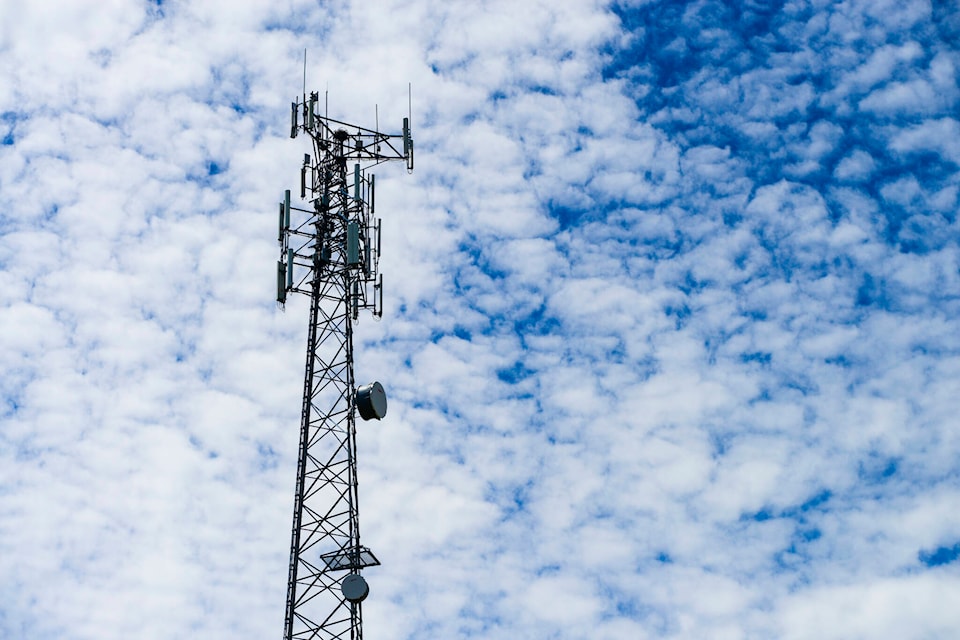Red Deer County found out Tuesday it will get about $8 million to complete the network that will bring high-speed internet to potentially thousands of under-served rural and small community residents.
Alberta Technology and Innovation Minister Nate Glubish and federal Rural Economic Development Minister Gudie Hutchings announced $112 million in funding that will be used to connect another 22,500 Alberta homes through 14 projects in more than 160 communities – many of them rural – to broadband internet.
Red Deer County manager Curtis Herzberg said the long-awaited funding allow the county to complete the first phase of its $30-million broadband initiative that was launched in 2020 to ensure county residents had high-speed internet access, seen as critical for future growth and economic development. The county has picked up about two-thirds of the cost, with the rest coming from provincial and federal grants.
“We will be completing Phase 1 in the five-year time frame we had allotted for it,” said Herzberg, who attended the morning funding announcement at Siksika Nation, east of Calgary. “That’s going to allow us to have a reliable, resilient network that you then continue to build connectivity and customers on.”
Last summer, county council approved the creation of a special corporation to oversee the expansion of broadband Internet service.
The county joined forces with the Village of Delburne and Paintearth County to create a municipally controlled corporation called Rural Connect Ltd. to deliver broadband Internet services to thousands of rural residents under-served by existing private sector service providers.
That second phase of the project is expected to begin this year and will be focused on hooking up customers to the completed broadband infrastructure.
“As they have been building they been doing some connectivity but the higher level of connectivity occurs in the next phase. Once you have the backbone of your network built it becomes much about that next phase, getting customers on it and utilizing the network.”
The network includes buried fibre optic lines that are linked with a series of towers at Delburne, near Penhold and Spruce View.
Rural Municipalities of Alberta president Paul McLauchlin said the broadband support for Yellowhead and Red Deer Counties “demonstrates the importance that municipalities place in broadband projects and the potential for rural municipalities to take on a large role in delivering broadband services in the future.”
So far, Alberta and the federal government have awarded under the $3.2-billion Universal Broadband Fund about $211 million in 26 broadband projects serving 33,000 homes in 223 communities.
The Alberta government has committed $390 million over the next five years, matched with an equal amount of federal funding, to the broadband initiative.
Glubish said the province’s goal is to connect all Albertans to fast, reliable and affordable internet services by 2027. When the province embarked on the initiative, there were nearly 500,000 Albertans in 200,000 households that did not have internet that met federal target speeds.
“There is not an aspect of our daily lives that are not touched by technology and without connectivity that technology is useless,” said Glubish in a news conference at Siksika Nation, east of Calgary.
Within three years of fully connecting Albertans, the province expects it will boost annual gross domestic product (GDP) growth by $1.7 billion, including a five per cent bump in agricultural GDP growth, mostly by expansion in the use of farming technologies.
About 40,000 Albertans without a primary health care provider will have better access to telehealth and 120,000 students will have improved remote learning options.
Hutchings said the federal government’s goal is to have 98 per cent of Canadian households hooked up to adequate internet by 2026 and 100 per cent by 2030.
